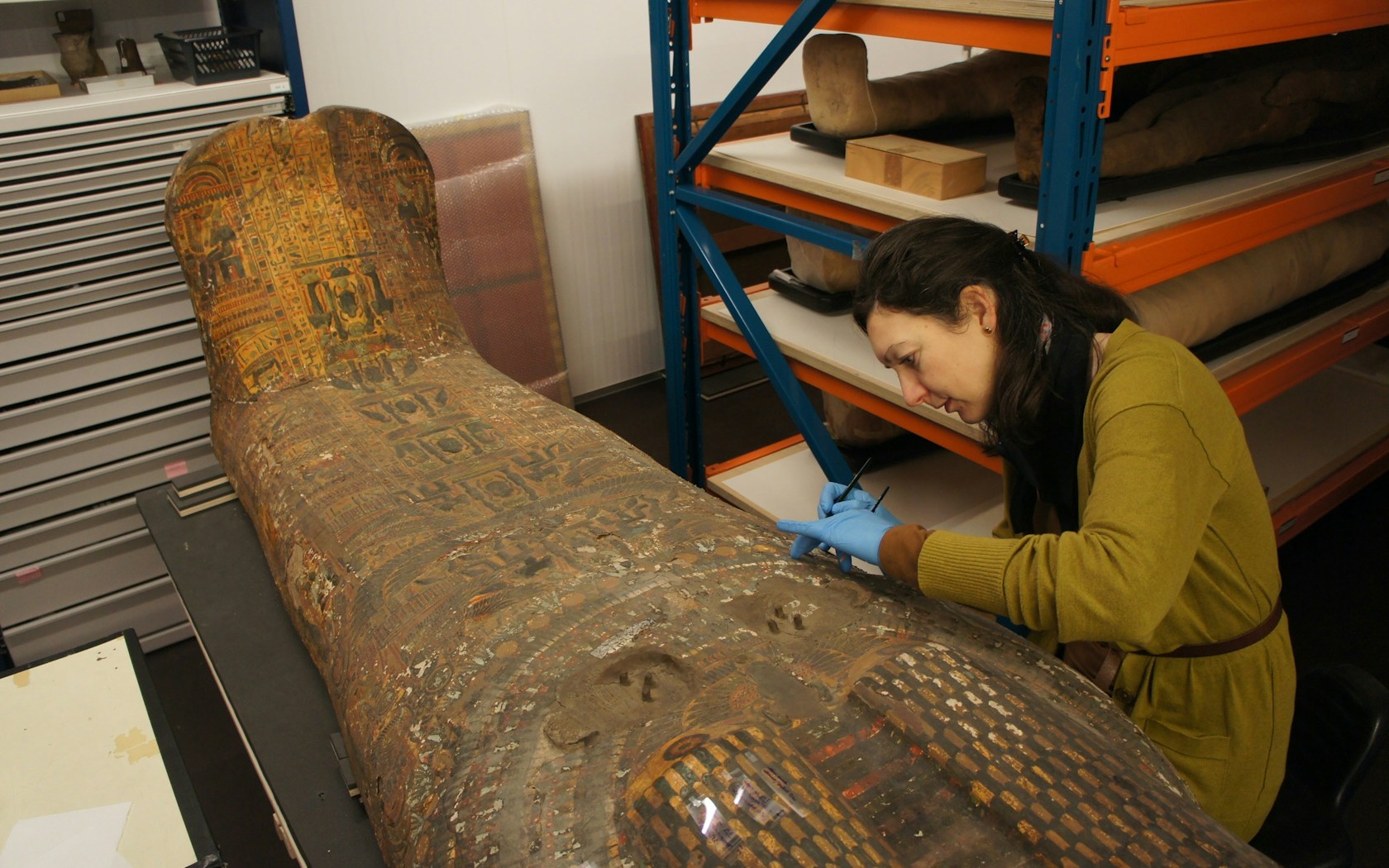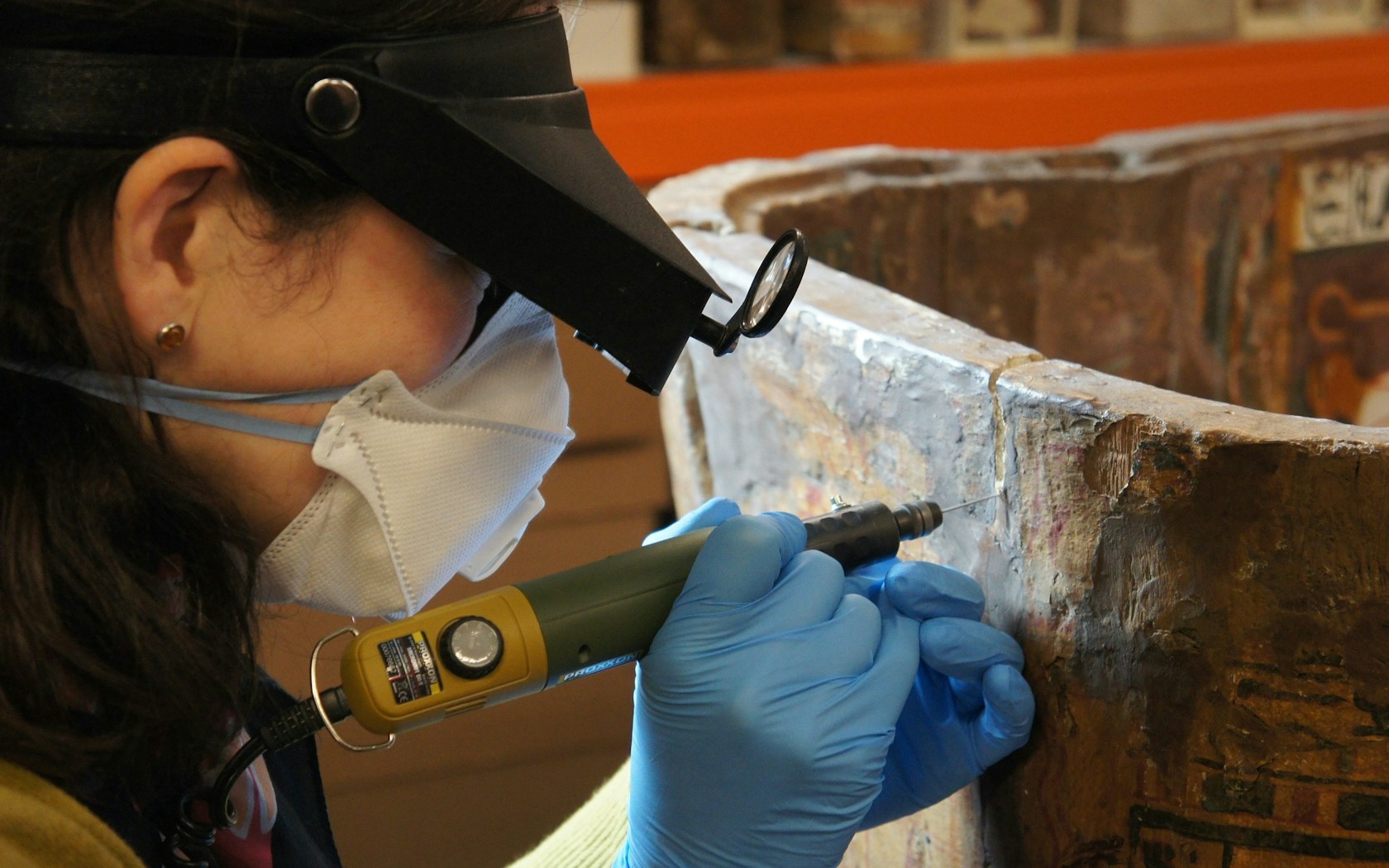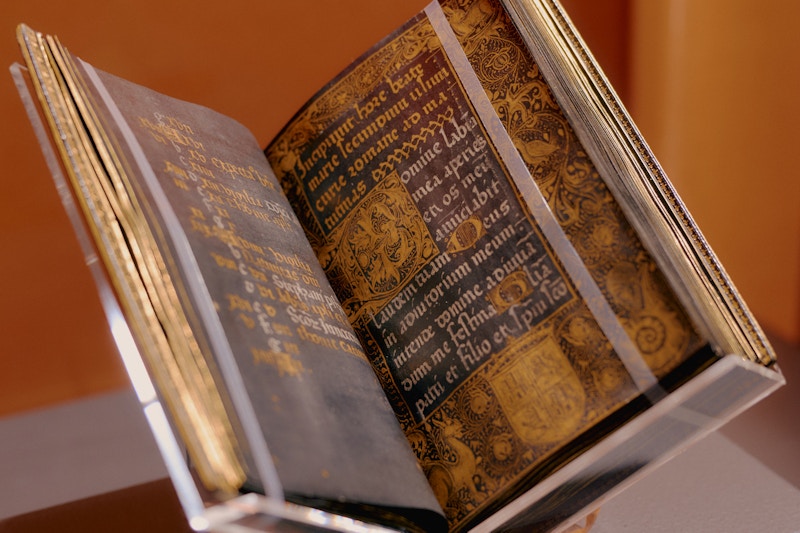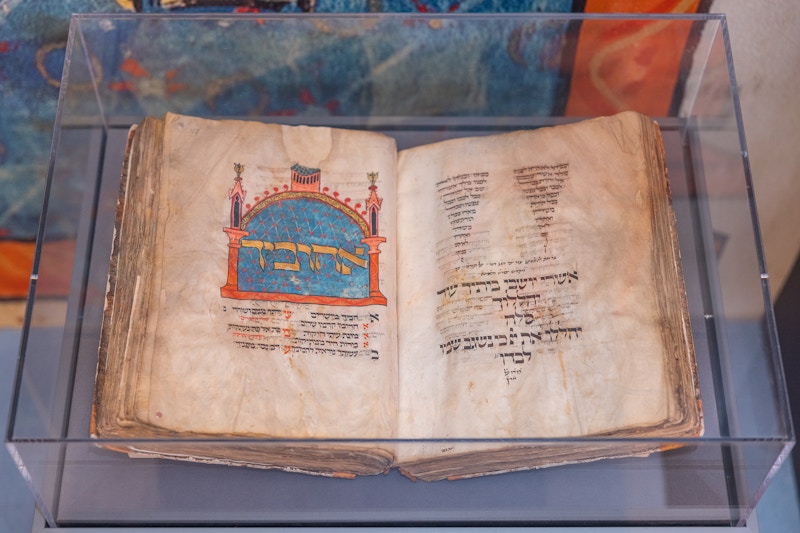
Restoration of Egyptian Coffins Brings to Life the Work of Craftsmen Living More than Two Millennia Ago
The TEFAF Museum Restoration Fund supported the restoration of three coffin sets from the collection of the Rijksmuseum voor Oudheden, which were discovered near the Valley of Kings in 1891
- By TEFAF Editorial
- Museum Restoration Fund
The Rijksmuseum van Oudheden’s (National Museum of Antiquities) mission is to bring archaeology and the ancient world to life. The museum’s collection is composed of 180,000 objects coming from the age-old civilizations of Egypt, the Classical World, the ancient Near East, and the Netherlands in prehistoric, Roman, and medieval times. Within this outstanding collection, the Egyptian section caught the attention of the TEFAF Museum Restoration Fund, which granted support for the museum's contribution to the Vatican Coffin Project in 2014.

The Leiden project focused on three coffin sets, consisting of several coffins and three mummy boards, currently in the collection of the Rijksmuseum van Oudheden. These sets, dating from the 21st dynasty (circa 1069–945 BC), were discovered in 1891 at Bab el-Gasus, near the Valley of the Kings and modern-day Luxor. The coffin sets have been in the collection of the Rijksmuseum van Oudheden since 1893. The Leiden coffin sets—four in total—were only a small part of an astonishing find of 153 coffin sets, which was divided among 17 nations, including the Netherlands, France, and the Vatican. The Vatican Museums, the Rijksmuseum van Oudheden, and the Louvre united their forces to hold an extensive research project of their respective Bab el-Gasus coffins. The project’s main goal was to gain historical and material knowledge on the objects and research the best methods of conservation to preserve these coffins. Using state of the art modern techniques such as infrared reflectography and infrared spectroscopy, internationally renowned Egyptologists and conservators brought alive the work of craftsmen who lived more than two millennia ago. The beautiful and highly decorative, so-called yellow coffins are generally visitor favourites, but because of their poor condition, the Leiden coffins were not shown in the permanent display. During the project, the coffins were photographed, analyzed and researched, tested, and partly conserved.
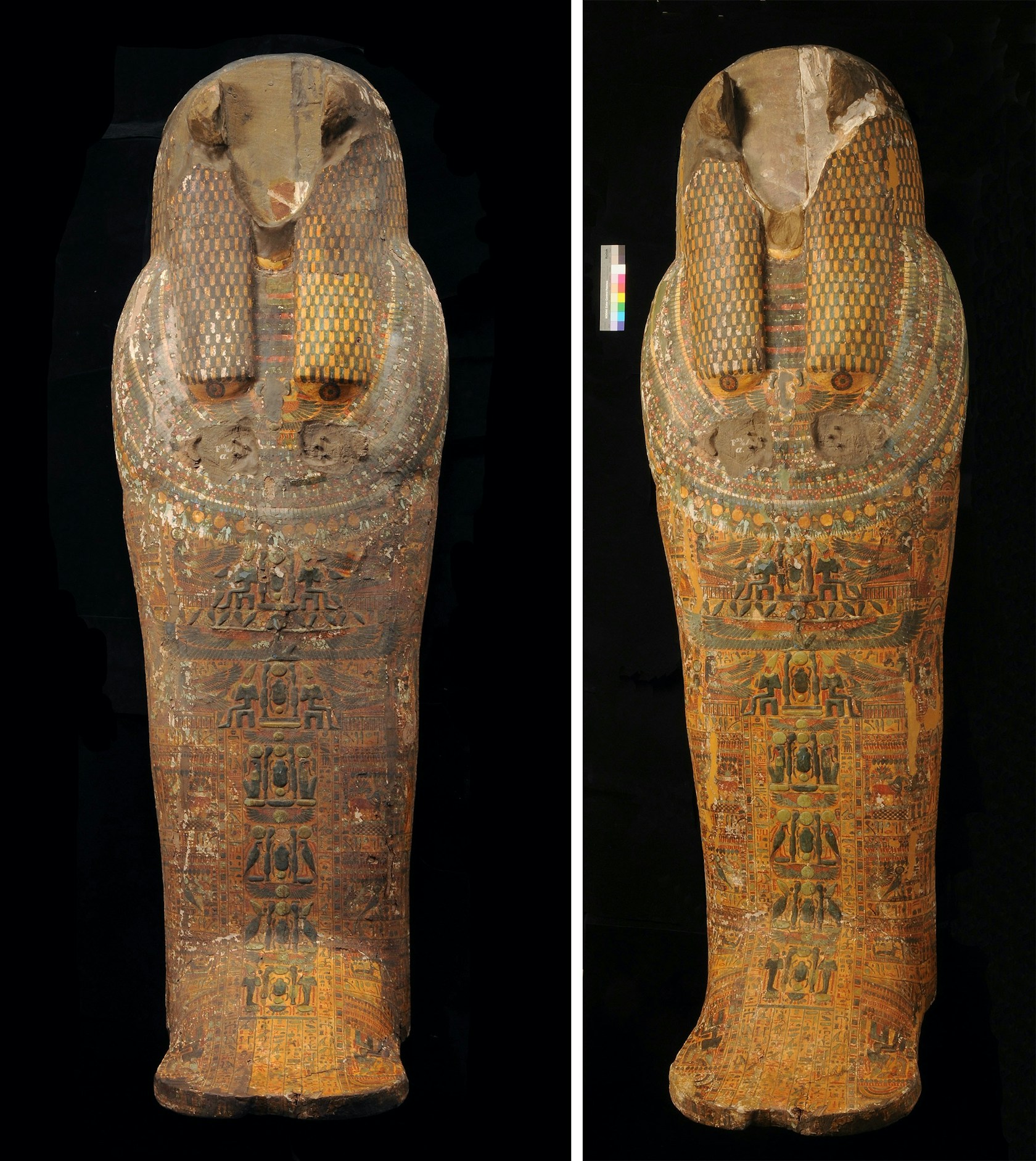
The results of this research were shared within an international network of researchers, conservators, and curators. The public had the chance to follow the research and conservation process closely through on-going digital documentation, photographs, films, and a conservation studio in the exhibition galleries of the museum. Thanks to the support of the TEFAF Museum Restoration Fund, the Rijksmuseum van Oudheden is able to present to the public the restored coffins in its permanent collection and temporary exhibitions.

